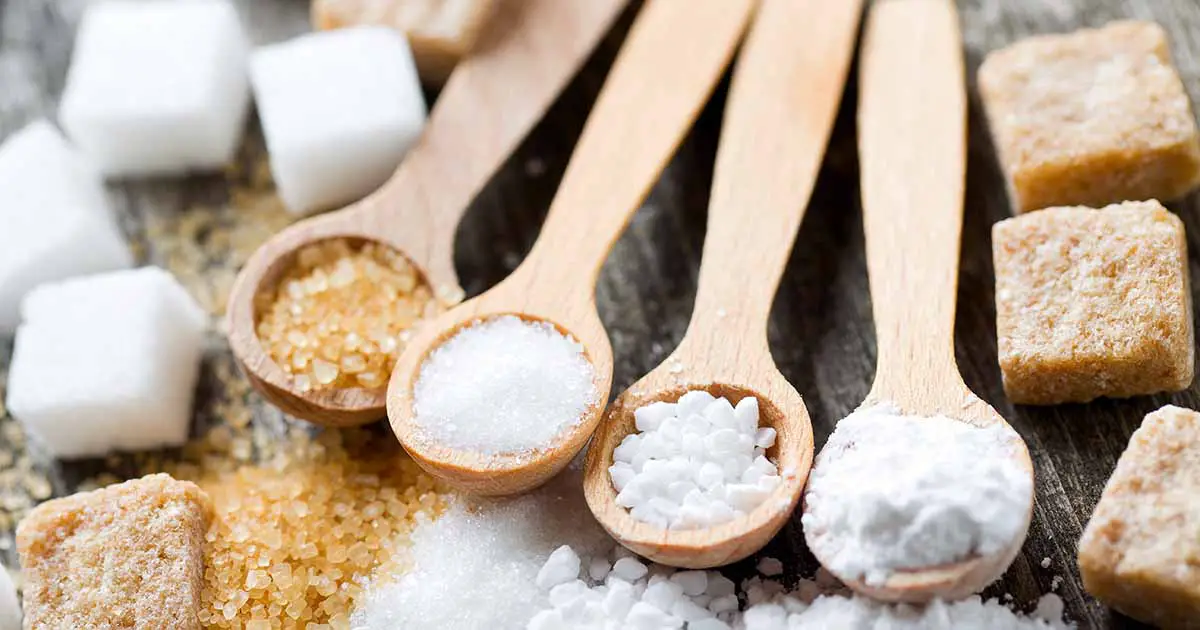Selection criteria of an egg are as follows:
- A fresh egg is heavy. As the egg gets older it loses water through the shell making air pocket larger so the older the egg, the lighter it will be.
- One way of judging the quality is by observing the condition of the shell. When the egg is freshly laid the shell is covered with a substance called bloom. This coating disappears with time. So the egg may be considered fresh if the bloom is there.
- One can determine the freshness of an egg by shaking it.
- Another is to break an egg on to the plate if the yolk is compact and positioned in the center, the egg is fresh if the egg is old, the yolk has the tendency to spread.
- The freshness of an egg can also be tested by holding it up to the light this process is known as candling. Holding the egg in front of the light, an air chamber indicates a fresh egg.
- It is easy to test the freshness of an egg by plunging into the water. The fresh egg will settle in the bottom of the glass and if the egg is stale it will float to the surface water.
- Stale eggs will have an unpleasant odor.
- Check for the crack in the shell which could let bacteria in and contaminate the egg.




